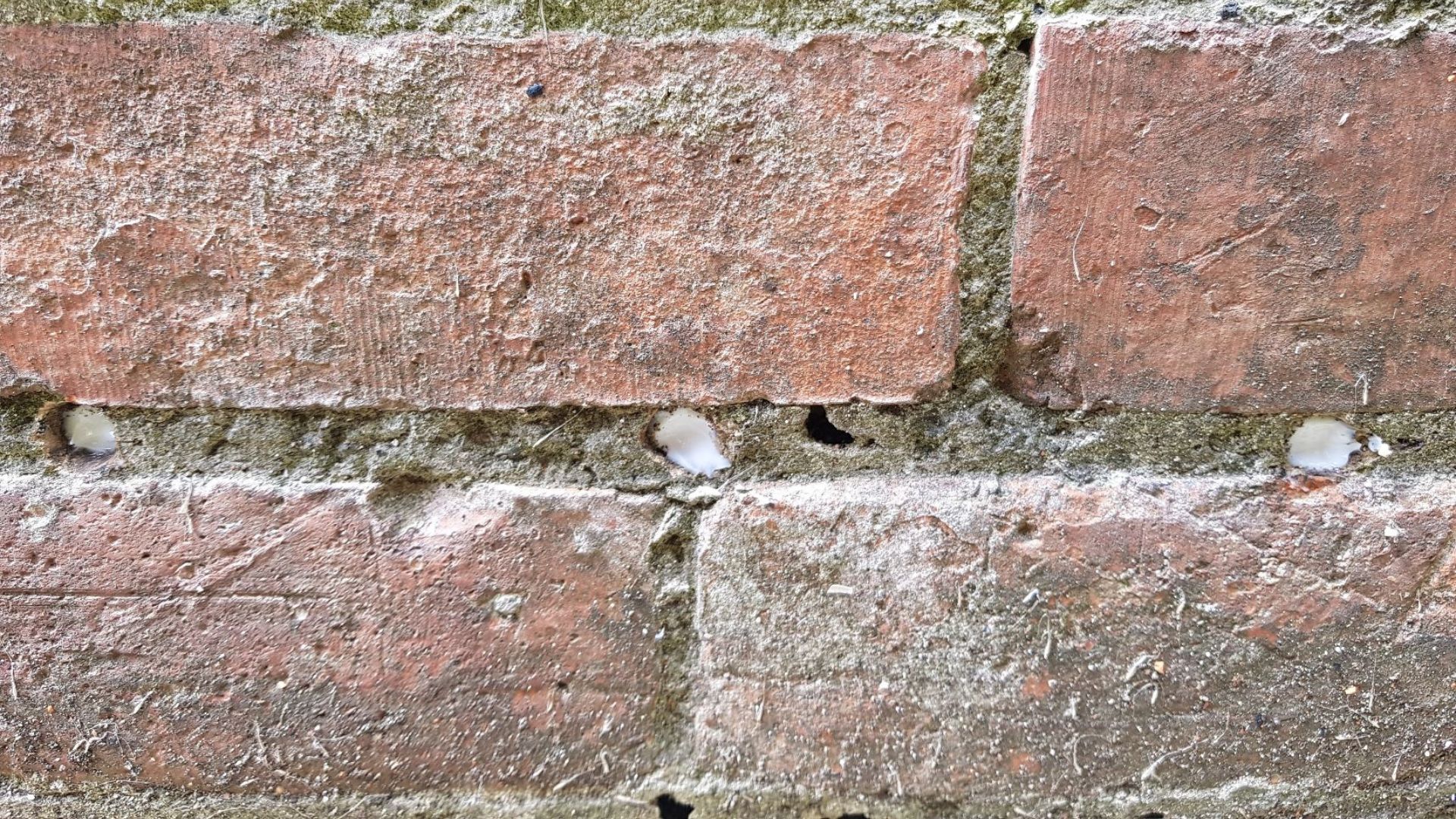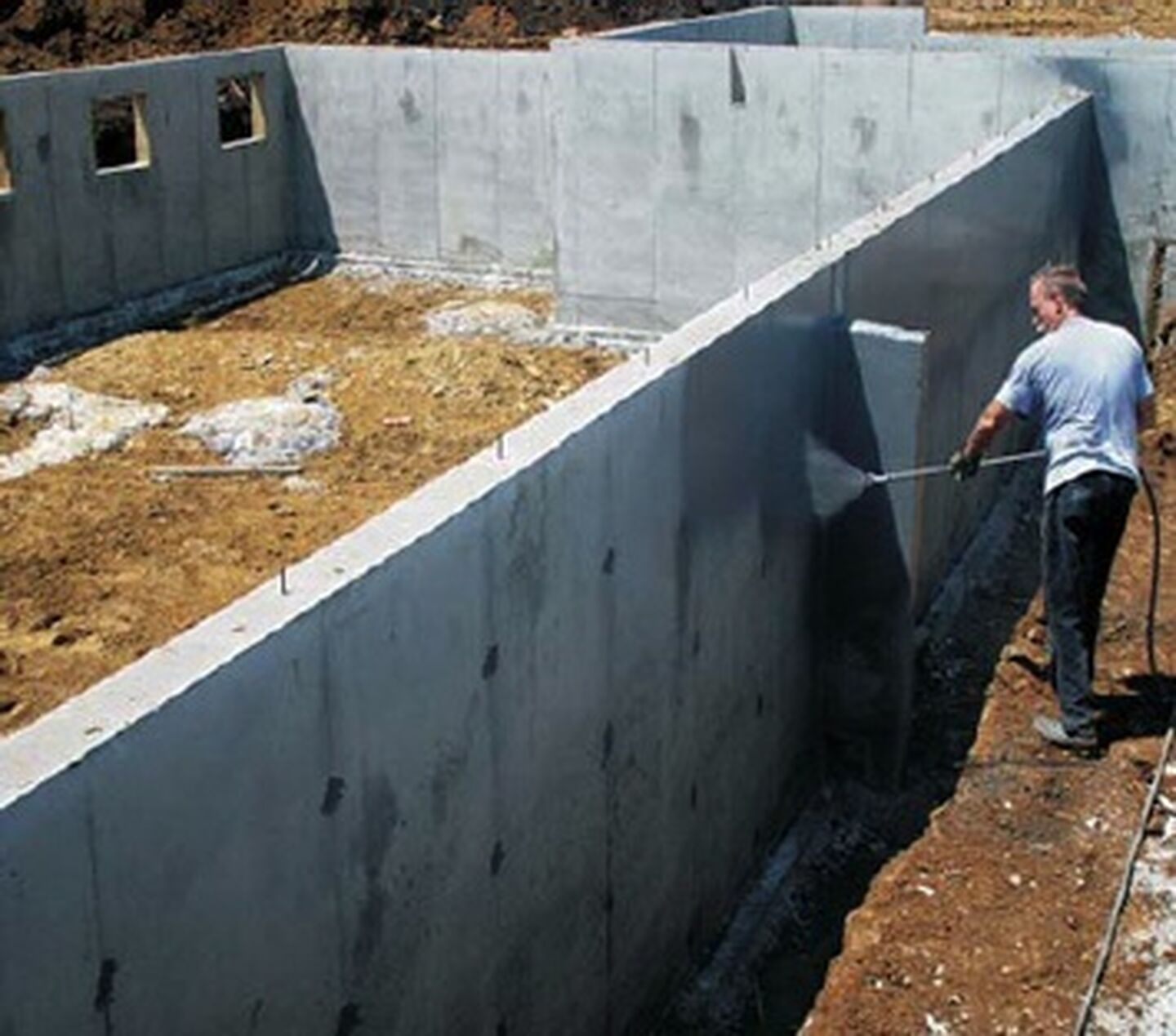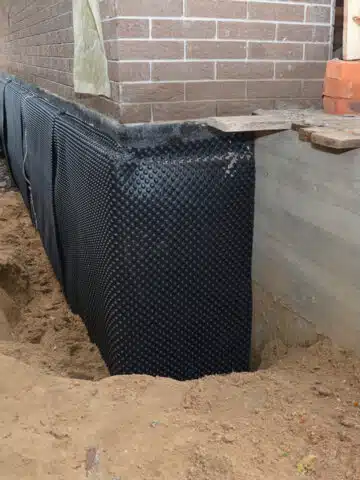How professional damp proofing newcastle essential for moisture prevention
How professional damp proofing newcastle essential for moisture prevention
Blog Article
Exploring the Different Techniques and Solutions for Effective Damp Proofing
Dampness in structures positions considerable obstacles to both structural honesty and interior air quality. Various techniques and remedies have actually arised to battle this prevalent concern. From conventional damp-proof membrane layers to ingenious chemical treatments, each technique provides special benefits. Understanding these alternatives is vital for effective moisture control. Nonetheless, selecting the right service relies on certain structure problems and demands, prompting further exploration into one of the most reliable moist proofing techniques readily available.
Understanding the Root Causes Of Moisture
Dampness can develop from numerous sources, comprehending these reasons is vital for reliable remediation. Commonly, moisture originates from 3 primary resources: increasing moist, penetrating moist, and condensation. Climbing damp takes place when groundwater takes a trip up through permeable materials, such as brick or stone, frequently as a result of an absence of a reliable obstacle (mould removal newcastle). Passing through moist is generally created by external factors, including roofing system leakages, malfunctioning rain gutters, or damaged wall surfaces, enabling water to penetrate a residential or commercial property. Condensation, on the various other hand, results from excess moisture in the air, frequently exacerbated by inadequate ventilation and temperature level distinctions, causing water beads basing on surface areas. Recognizing these underlying concerns is crucial, as each sort of moisture needs a tailored method for remediation. Correct analysis helps in determining one of the most effective solutions, eventually guarding the architectural integrity of a structure and improving indoor air high quality
Traditional Damp-Proof Membranes

Chemical Damp-Proofing Solutions
Chemical damp-proofing solutions use an ingenious strategy to stop moisture invasion in structures. These techniques usually involve the application of fluid chemicals that penetrate masonry and develop a barrier against climbing wet. Generally used chemicals include silanes, siloxanes, and various other water-repellent representatives that react with surface materials to develop a hydrophobic layer.The application procedure usually requires drilling openings into the walls, infusing the chemical remedy, and permitting it to treat. This technique is particularly advantageous for older frameworks where typical damp-proof membranes may be impractical. In addition, chemical damp-proofing can be much less disruptive and more affordable than substantial remodelling projects.While reliable, these services rely on proper application and ecological problems for peak performance. Regular maintenance and surveillance are essential to assure the long life of the damp-proofing treatment. In general, chemical damp-proofing represents a versatile alternative for guarding buildings versus moisture-related damage
Cavity Wall Surface Building And Construction Methods
Cavity wall surface building and construction techniques use numerous advantages, especially in dampness control and energy effectiveness. By including an air void between two layers of masonry, these wall surfaces efficiently alleviate water access while enhancing insulation. This combination not only protects frameworks from dampness however likewise adds to lowered energy consumption.
Advantages of Tooth Cavity Walls
When considering efficient damp proofing techniques, the benefits of dental caries wall surfaces stand apart prominently. Tooth cavity walls include 2 different layers, developing an air space that properly lowers dampness infiltration. This design minimizes the threat of moisture, as the external wall surface functions as an obstacle against rain and water access. In addition, dental caries wall surfaces boost thermal insulation, which adds to energy efficiency by decreasing warmth loss. They also supply sound insulation, aiding to produce a quieter indoor environment. The air gap enables for air flow, which assists in dampness control and lowers the possibility of mold and mildew growth. These benefits not only boost the general convenience of a structure however also add to its long life and architectural stability.
Moisture Control Approaches
Reliable moisture control approaches are essential in cavity wall surface construction to assure long-term defense against wetness. One main method includes the incorporation of weep openings, which help with water drain from the cavity, stopping accumulation. In addition, using breathable membrane layers can help handle dampness levels while enabling trapped vapor to get away. Correct positioning of insulation is likewise crucial, as it should not obstruct drain courses. Furthermore, making sure that the external leaves of the cavity wall are created with waterproof products enhances general resilience. Routine maintenance checks are crucial to recognize any kind of blockages or damage early, protecting the structure's stability. Ultimately, a mix of these methods creates a durable defense versus dampness breach in cavity wall surfaces.
Insulation and Power Efficiency
Insulation plays a crucial function in improving power effectiveness within tooth cavity wall building. By incorporating insulating products, these wall surfaces produce a thermal barrier that reduces warm loss and minimizes power consumption. Effective insulation not just aids keep a steady indoor temperature level yet likewise alleviates the danger of dampness, as it prevents condensation within the wall surface tooth cavity. Different techniques, such as the usage of inflexible foam boards or mineral woollen, can be employed to attain perfect insulation performance. Furthermore, proper installment is essential to get more info guarantee that voids and gaps are lessened, which can otherwise endanger power efficiency. Inevitably, a well-insulated cavity wall surface contributes significantly to total sustainability and decreases heating & cooling costs for homeowners.
External Damp Proofing Approaches
External wet proofing techniques are important for shielding structures from moisture seepage. 2 efficient strategies include the application of water-proof membranes and the installment of French drains. These remedies help minimize water accumulation and maintain the stability of structures.
Waterproof Membrane Application
While different methods exist for protecting against wetness access, the application of water resistant membrane layers stays a very efficient external moist proofing strategy. These membrane layers are usually made from materials such as polyethylene, rubber, or customized asphalt, giving a durable barrier versus water penetration. The setup procedure includes using the membrane layer to the external surface areas of foundations or walls, guaranteeing total insurance coverage to avoid leaks. Appropriate attachment and securing at joints are important to making best use of effectiveness. Waterproof membranes can be applied in different types, consisting of fluid coverings and sheet membranes, permitting flexibility based on the particular requirements of the structure. This technique not only secures structures from wetness yet additionally improves their long life and structural integrity.
French Drain Installment
One effective approach for handling groundwater and preventing wetness accumulation around a building's foundation is the setup of a French drainpipe. This water drainage system consists of a trench loaded with crushed rock and a perforated pipe that reroutes surface water away from the structure. Appropriate installment requires mindful planning, making certain that the drain slopes away from the framework to promote excellent water circulation. Furthermore, the location of the drain is vital; it must be positioned in locations prone to pooling or excess dampness. Routine upkeep, including clearing particles from the gravel and ensuring the pipe remains unblocked, is necessary for lasting efficiency. Inevitably, a well-installed French drain can greatly minimize the danger of water-related problems in cellars and foundations.
Inside Waterproofing Techniques
Inside waterproofing strategies are essential for shielding a structure's inside from dampness infiltration and possible water damage. These methods normally include the application of specialized materials and techniques developed to create a dampness obstacle within the structure. One usual approach is using waterproof finishes or sealers on wall surfaces and floorings, which protect against dampness from penetrating surfaces.Additionally, setting up interior drainage systems, such as sump pumps, can successfully take care of water build-up in basements and crawl spaces. Another approach involves using vapor barriers, which are mounted to hinder wetness motion from the ground into living spaces.Moreover, attending to any kind of fractures or spaces in walls or foundations with suitable sealers ensures a comprehensive defense against water invasion. By executing these indoor waterproofing approaches, home owners can significantly lower the threat of mold development, architectural damages, and various other moisture-related concerns. Correct execution of these methods is vital for lasting defense and structure stability.
Normal Maintenance and Examination Practices
Regular upkeep and assessment methods are important for ensuring the long-lasting efficiency of damp proofing solutions in any kind of building. Routine checks allow homeowner to determine very early indicators of wetness invasion, such as peeling paint, mold and mildew growth, and stuffy odors. These indications can signify underlying concerns that call for instant attention.Inspections must be conducted at the very least annually, concentrating on prone locations like basements, creep areas, and outside wall surfaces. During these analyses, homeowner need to analyze sealants, water drainage systems, and air flow to validate they operate correctly.Additionally, maintaining downspouts and rain gutters is important, as blocked systems can result in water build-up near the foundation. Applying a regular upkeep routine, together with timely fixings, can substantially prolong the lifespan of moist proofing steps and secure the structural stability of the structure. Proactive steps eventually add to the general health and safety of the living atmosphere.
Regularly Asked Concerns
The Length Of Time Does Damp Proofing Commonly Last?
The period of damp proofing effectiveness differs, normally lasting in between 20 to 50 years. Variables such as application top quality, environmental conditions, and maintenance methods substantially affect the longevity of the damp proofing treatment.

Can I Damp Evidence My Home Myself?
The individual pondered the expediency of do it yourself damp proofing. With proper research and the appropriate materials, it is feasible. They additionally acknowledged the relevance of professional guidance to guarantee resilient effectiveness and stop future concerns.
What Are the Indications of Inadequate Damp Proofing?
Indications of ineffective moist proofing consist of consistent musty odors, visible mold growth, peeling paint, wet spots on wall surfaces, and timber degeneration - damp proofing newcastle. Home owners need to resolve these concerns quickly to avoid additional damage and health and wellness issues
Does Damp Proofing Affect Indoor Air High Quality?

Just How Much Does Specialist Damp Proofing Price?
Specialist wet proofing prices differ considerably, typically varying from $1,000 to $5,000 relying on the home's dimension, the level of the moist issue, and chosen techniques. Each circumstance needs a customized evaluation for precise prices. Commonly, dampness originates from three key resources: climbing moist, permeating wet, and condensation. When considering reliable moist proofing methods, the benefits of tooth cavity walls stand out plainly. External wet proofing techniques are crucial for protecting frameworks from dampness seepage. While numerous approaches exist for avoiding moisture ingress, the application of water-proof membranes remains a very reliable outside moist proofing technique. Indications of inadequate damp proofing include consistent musty odors, visible mold and mildew development, peeling off paint, damp patches on walls, and wood degeneration.
Report this page